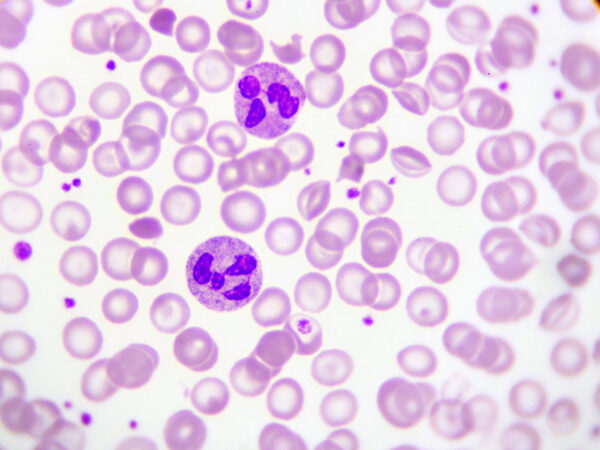
Whether it be for clinical or research studies, peripheral blood (PB) is one of the most accessible human sample types. It serves as a window into a patient’s health and can be used to generate data on various diseases and conditions. Transporting it is straightforward, the culture time is relatively brief and economical, and there are well established protocols for its handling and storage. In the spirit of Halloween, we will explore the scientific value of blood.
Chromosome instability syndromes are a group of rare genetic disorders that result in a range of health issues, such as an increased susceptibility to certain malignancies. These syndromes, such as Bloom syndrome, Fanconi anemia, Ataxia-telangiectasia, and Nijmegen breakage syndrome, are known to exhibit characteristic chromosomal abnormalities, for which peripheral blood may be used to generate diagnostic results. Researchers and clinicians rely on these abnormalities as diagnostic markers, allowing for early detection and treatment.
A subset of chromosome instability syndromes are fragile site syndromes. Fragile sites are specific locations on chromosomes that tend to break or gap when cells are cultured under specific conditions. PB is commonly used to assay fragile sites, such as the loci FRA16A and FRA3B, and the FMR1 gene in Fragile X Syndrome. Metaphase slides created from those cell cultures can reveal tell-tale chromosomal rearrangements or structural abnormalities, indicative of a specific syndrome.
Another invaluable application for PB samples is testing for circulating tumor cells (CTC). CTCs can provide insights into cancer metastasis, treatment response, and prognosis, while biomarkers such as proteins and nucleic acids offer indicators of cancer presence and progression. The analysis of peripheral blood allows for personalized treatment strategies, monitoring of minimal residual disease, and real-time assessments of treatment efficacy.
Biodosimetry studies represent another category of peripheral blood testing. These studies, exemplified by the NASA Twins Study, delve into the effects of radiation exposure on the human body. Here, PB samples become a crucial source for assessing the impact of ionizing radiation. By monitoring specific markers, such as chromosomal rearrangements detected by dGH SCREEN™, scientists were able to assess the genetic impact of radiation exposure in space. The use of PB in biodosimetry not only aids in understanding the biological response to radiation but also contributes to strategies for mitigating its harmful effects, a critical component in the realm of space exploration and radiation research.
Peripheral blood offers tremendously valuable data about genetics, health, and biology more broadly. It can be obtained easily, and far less painfully, especially when compared to other types of liquid biopsies like bone marrow draws. As such, it is a tantalizing sample option which the brightest minds in science are continually searching for new ways to benefit from. What were once results that could only be obtained through great pain and invasive procedures will over time become no more than a needle prick.
